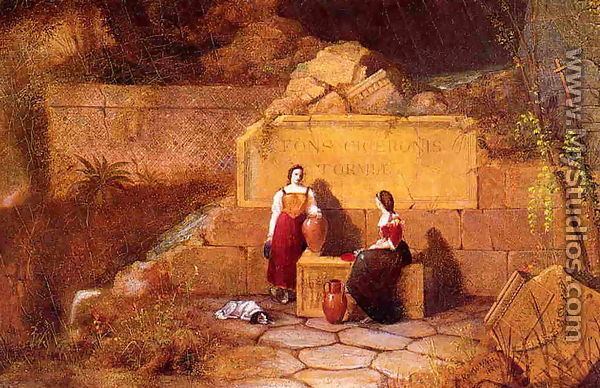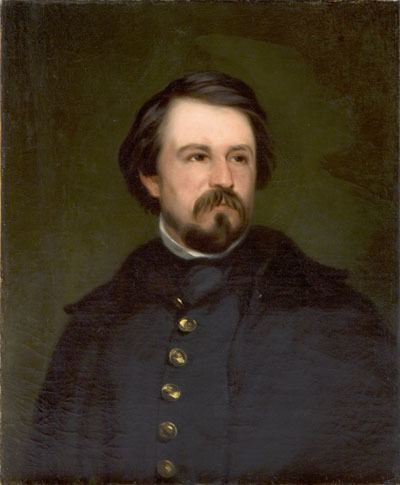Nationality American Role Artist Education Self-taught Children J. Alden Weir | Known for Painting Grandchildren Dorothy Weir Name Robert Weir | |
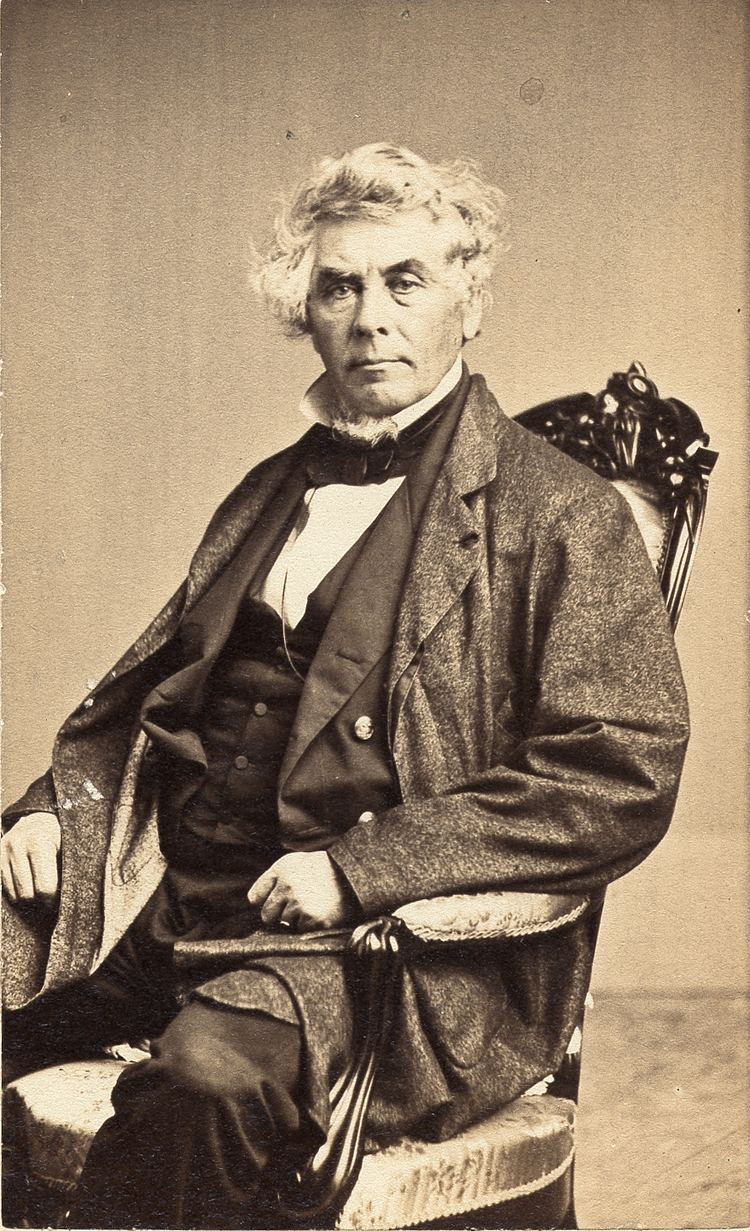 | ||
Similar People J Alden Weir, James Abbott McNeill, William Merritt Chase, Seth and Mary Eastman, Claude Debussy | ||
미카엘 스트로이(Michael Stroj), 로버트 월터 위어(Robert Walter Weir)
Robert Walter Weir (June 18, 1803 – May 1, 1889) was an American artist and educator. He is considered a painter of the Hudson River School. Weir was elected to the National Academy of Design in 1829, and an instructor at the United States Military Academy. His best-known works are Embarkation of the Pilgrims (in the United States Capitol rotunda at Washington, D.C.) and Landing of Hendrik Hudson.
Contents
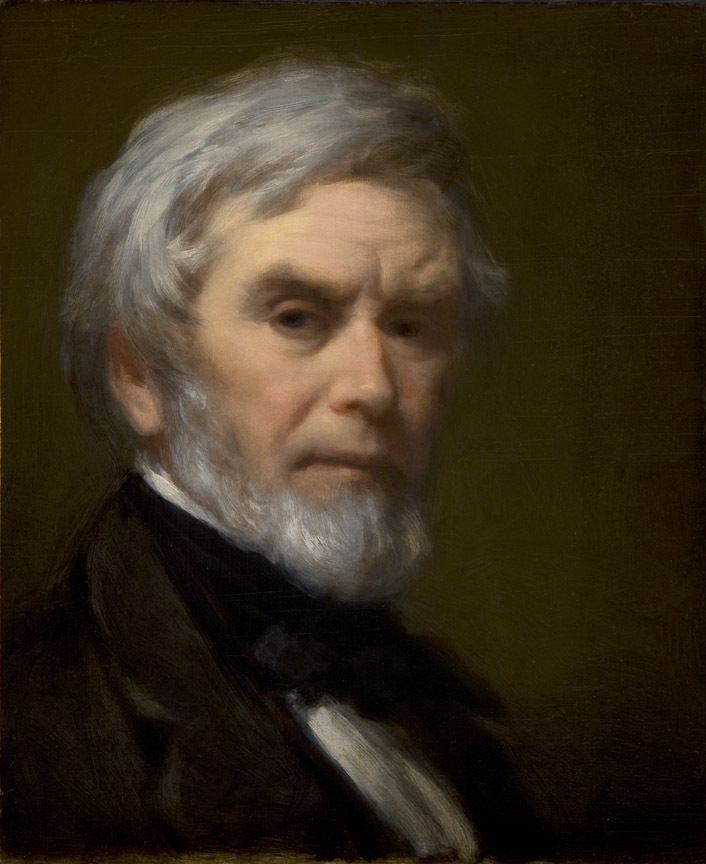
Life and career
Robert Weir was born to Robert and Mary Katherine (Brinkley) Weir on June 18, 1803 in New York City, New York (it's commonly reported that he was born in New Rochelle, New York, however the family did not move to New Rochelle until 1811). Weir never graduated from college, and in 1821, at the age of 18, he left a job as a mercantile clerk to pursue painting. He studied art in New York City from 1822 to 1824, teaching himself drawing and painting, before departing in 1824 to study in Italy. He remained in Florence from 1824 to 1825, and in Rome from 1825 to 1827, during which time he studied the works of Michelangelo, Raphael, and other Italian masters of the Renaissance. Weir returned to New York in 1827 to care for a sick friend. He remained in New York until 1834 and became an integral part of its artistic community. He was then appointed as Teacher of Drawing, later Professor of Drawing, at the United States Military Academy at West Point, New York.
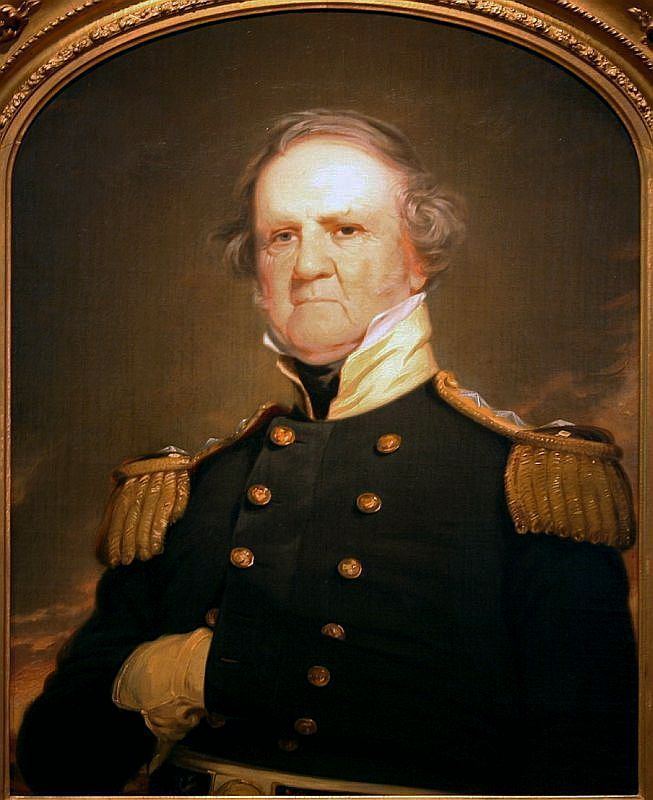
Replacing the late Thomas Grimbrede, Weir was the fifth artist to hold the position of art instructor at the academy. During his forty-two years (1834–1876) in this post, he instructed many of the future commanders of the American Civil War. Among his notable students at West Point were James Abbott McNeill Whistler and Seth Eastman. He also developed a special relationship with Ulysses S. Grant. He died in New York City on May 1, 1889.
Children
Weir and his two wives had 16 children. One son, John Ferguson Weir (born 1841) was a painter and sculptor who became a Member of the National Academy of Design in 1866, and was made director of the Yale University Art School in 1868. Another son, Julian Alden Weir (born 1852), studied under his father, as well as under J.-L. Gérôme, and became a distinguished portrait, figure, and landscape painter. He was one of the founders of the Society of American Artists in 1877, and he became a member of the National Academy of Design (1886) and of the Ten American Painters, New York.
Works
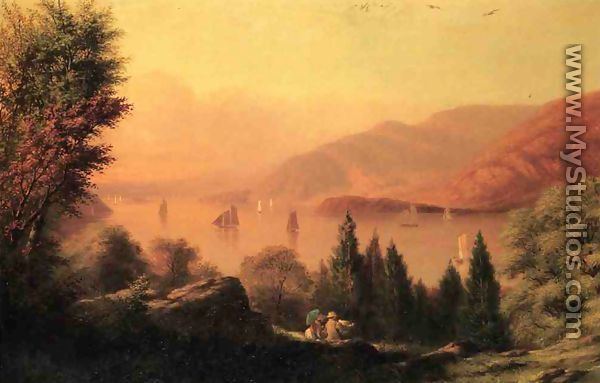
Weir was considered part of the Hudson River school of American art. One of his best known paintings is The Embarkation of the Pilgrims, which hangs in the United States Capitol Rotunda. He was commissioned by the United States Congress in 1837 and the painting was placed in the rotunda in December 1843. His canvases deal principally with historical subjects. He also painted a watercolor entitled Last Communion of Henry Clay, as well as several portraits.
List of Weir's works
